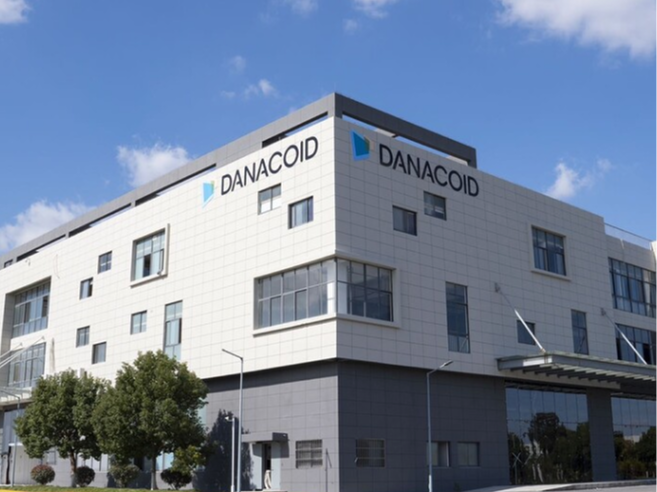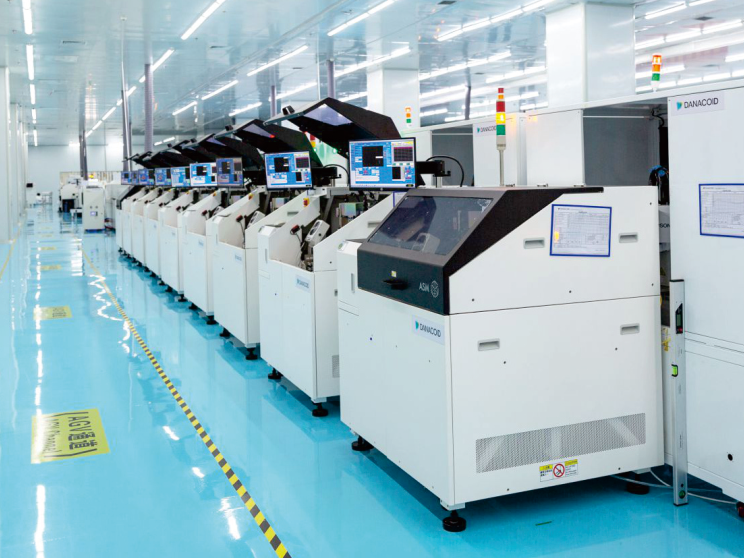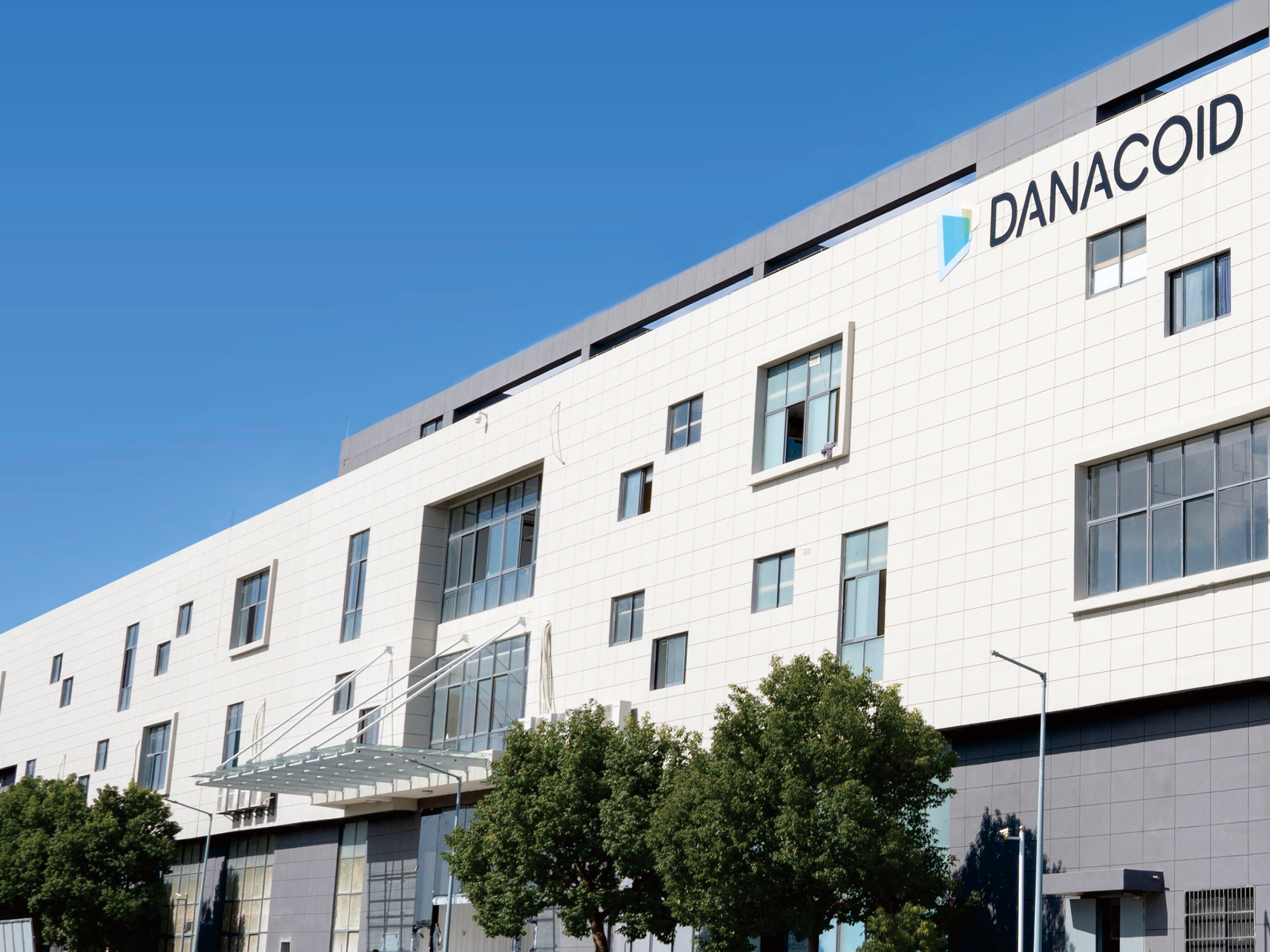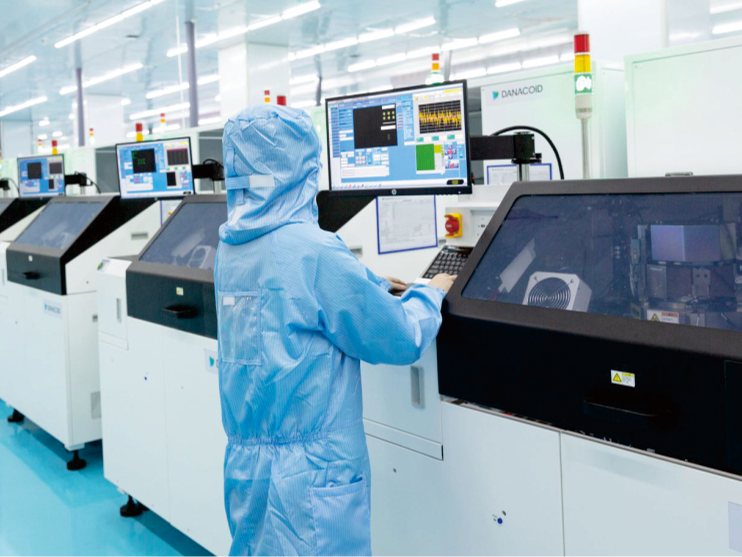Upgrading hardware components in an all-in-one computer can seem challenging. These systems integrate everything into a compact design, which can make certain parts difficult to reach. Typically, you can upgrade hardware components like RAM and storage, but other parts, such as the CPU or GPU, are often non-replaceable. Understanding which hardware components are upgradeable can save you both time and effort.
Which components can you upgrade in an all-in-one computer?
When it comes to upgrading your all-in-one computer, you’ll find that some components are easier to replace than others. Let’s break down the parts you can typically upgrade to improve performance.
RAM (Memory)
Upgrading your computer’s RAM is one of the simplest ways to boost its speed. More RAM allows your system to handle multiple tasks without slowing down. Most all-in-one computers have a small panel on the back or bottom that gives you access to the RAM slots.
Here’s what you need to do:
- Check your computer’s manual to see the maximum RAM it supports.
- Purchase compatible RAM sticks.
- Open the panel, remove the old RAM, and insert the new ones.
Storage (HDD or SSD)
Switching to a solid-state drive (SSD) or upgrading your hard drive (HDD) can significantly improve your computer’s performance. SSDs, in particular, make booting up and loading programs much faster.
To upgrade storage:
- Identify whether your computer uses a 2.5-inch drive or an M.2 SSD.
- Back up your data before starting.
- Replace the old drive with the new one and reinstall your operating system.
Wi-Fi card and optical drive
If your Wi-Fi connection feels sluggish, upgrading the Wi-Fi card can help. Many all-in-one computers use a removable Wi-Fi card that you can replace with a newer model supporting faster speeds or better range.
Optical drives, though less common today, can also be swapped out. You can replace them with a Blu-ray drive or even a secondary storage device if your system supports it.
By focusing on these upgradeable hardware components, you can breathe new life into your all-in-one computer without breaking the bank.
Step-by-step guide to upgrading your all-in-one computer
Preparing for the upgrade (tools, safety precautions, and research)
Before you dive into upgrading your all-in-one computer, preparation is key. Start by gathering the right tools. A small screwdriver set, an anti-static wrist strap, and a clean workspace are essential. You’ll also want to back up your data to avoid losing anything important during the process.
Next, do some research. Check your computer’s manual or the manufacturer’s website to confirm which components are upgradeable. Look for details like the maximum RAM capacity or the type of storage drive your system supports. This step ensures you buy compatible parts.
Finally, take safety precautions. Turn off your computer and unplug it from the power source. Use the anti-static strap to prevent static electricity from damaging sensitive components.
How to upgrade RAM
Upgrading RAM is one of the easiest ways to improve performance. Here’s how you can do it:
- Locate the RAM access panel on your computer. It’s usually on the back or bottom.
- Open the panel using a screwdriver.
- Remove the old RAM sticks by gently pushing the clips on either side.
- Insert the new RAM sticks, ensuring they click into place.
- Close the panel and power on your computer.
How to upgrade storage
To upgrade your storage, follow these steps:
- Identify the type of drive your computer uses (HDD, SSD, or M.2 SSD).
- Back up your data before removing the old drive.
- Open the storage compartment and disconnect the old drive.
- Install the new drive and secure it with screws.
- Reinstall your operating system and restore your data.
Testing and verifying the upgrades
Once you’ve upgraded the hardware components, it’s time to test them. Turn on your computer and check if it recognizes the new RAM or storage. You can use system tools like Task Manager (Windows) or about This Mac (macOS) to verify the upgrades.
If everything works smoothly, you’re good to go! If not, double-check the installation or consult the manufacturer’s support page for troubleshooting tips.
Upgrading hardware components in your all-in-one computer can give it a noticeable performance boost. Focus on accessible parts like RAM and storage for the best results. If upgrades aren’t possible, external hardware or software tweaks can help. For major improvements, though, buying a new computer might be your smartest move.









